Turmeric is traditionally called Indian saffron because its deep yellow-orange color is similar to that of the revered saffron. It has been used as a spice, medicinal herb and textile dye.
Turmeric is obtained from the root of the turmeric plant, which has a rough brown skin and is deep orange on the inside. This herb has a very interesting taste and aroma. Its taste is spicy, warm and bitter, while its aroma is light and reminiscent of orange and ginger. Let's find out more about the famous Indian spice.
History of Turmeric
Turmeric originates from Indonesia and southern India, where it has been produced for more than 5, 000 years. Arab traders introduced turmeric to Europe in the 13th century, but in recent years it has become popular in Western cultures. Much of this popularity is due to recent scientific research proving its therapeutic properties. The leading commercial producers of turmeric are India, Indonesia, China, the Philippines, Taiwan, Haiti and Jamaica.
Composition of turmeric
The color of turmeric varies with different varieties, but is not a criterion of its quality. For the highest curcumin content, it is necessary to use turmeric and not curry powder, as pure turmeric powder is with the highest concentration of curcumin, an average of 3.14% of its weight.
Turmeric is not an allergenic food and is not known to contain measurable amounts of goitrogens, oxalates and purines. Turmeric is an excellent source of iron and manganese. It is also a good source of vitamin B6, dietary fiber and potassium.
Turmeric storage
Turmeric powder should be stored in a tightly closed container in a cool, dark and dry place. Fresh turmeric roots should be refrigerated. You should be careful when using turmeric, as it can easily stain due to its rich color.
Cooking with turmeric
In cooking, turmeric is used not only to flavor dishes, but also to color them. Rice dishes, roasted chicken, various sauces, fish dishes, mustard and mayonnaise are seasoned with it. In India, turmeric is used regularly to flavor rice, eggs, curries and a number of other dishes. You can add it to scrambled eggs, omelets with vegetables, chicken nuggets, roast beef, meat in sauce, winter soups, spaghetti with meat, Chinese-style rice.
As a colorant, it appears in the EU classification of food additives as E100. In industry, it is used to color cheeses, margarines, liqueurs, plain cakes and biscuits for tea, orange juice, sauces. It is used to protect food from sunlight.
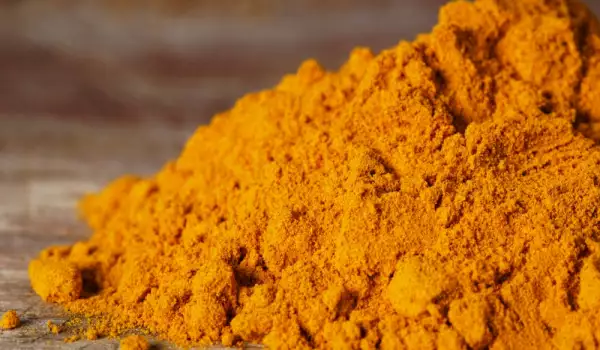
Benefits of turmeric
Turmeric is not only aromatic, but also a healing remedy. With its help you can strengthen the immune system and make the so-called golden milk. To make an immune-boosting turmeric decoction, soak 2 almonds in a teacup of milk overnight. The next morning, add 1 tsp. of honey and a pinch of turmeric and stir the decoction, until a smooth mixture is obtained. Drink this decoction in the morning during breakfast. Turmeric actively promotes good metabolism.
- Volatile oils contained in turmeric have significant anti-inflammatory activity. An even more powerful anti-inflammatory agent is turmeric's yellow-orange pigment, called curcumin. Curcumin is considered the main pharmacological agent in turmeric.
- Turmeric provides effective treatment for inflammatory bowel disease;
- Helps against rheumatoid arthritis;
- Helps against cystic fibrosis;
- Reduces the risk of cancer;
- Curcumin and its antioxidant actions make it possible to protect cells from the action of free radicals;
- Turmeric and onion in combination can help prevent colon cancer;
- Turmeric and cauliflower in combination can help prevent prostate cancer;
- Reduces the risk of leukemia in children;
- Turmeric is also used to cleanse the body of toxins, heat and purify the blood;
- Turmeric is able to cleanse the energy channels of the body, which is useful for people who engage in mental work or some kind of art;
- Turmeric paste is a perfect remedy against itching;
- Improves liver function;
- Provides cardiovascular protection;
- Reduces cholesterol levels;

- Provides protection against Alzheimer's disease;
- Anti-inflammatory agents for problem skin are made from turmeric;
- Face masks with turmeric, significantly improve the color of the skin and clean it by opening its pores to the maximum;
- A teaspoon of turmeric dissolved in a glass of water helps with stomach aches and diarrhea. You should drink half a glass of this water before each meal;
- For anemia, a quarter teaspoon of turmeric is dissolved in honey. This provides the body with the necessary amount of iron. If necessary, turmeric can be increased to half a spoon.
Harms from turmeric
Turmeric should not be taken by pregnant women, by people taking blood thinners and by those suffering from bile problems.
Beautification with turmeric
Turmeric takes an active part in beautification. Turmeric is high in antioxidants that slow down cell damage;
It is widely used as a skin exfoliant and improves skin texture;
Helps with inflammatory skin conditions such as acne, dry skin, psoriasis and eczema;
Helps reduce pigmentation and even out skin tone;
It also reduces wrinkles;
Rejuvenating mask with turmeric
For a hydrating face mask, combine the skin-lightening benefits of turmeric and lemon. Milk adds B-vitamins, alpha hydroxy acids, calcium and other powerful antioxidants.
You will need: 1 tablespoon of lemon juice, 3 tablespoons of milk, 1/4 tablespoon of turmeric
1. Mix the ingredients in a bowl slowly.
2. Apply the mixture to your face and leave it on for 10-20 minutes before rinsing.
Homemade scrub
The structure of turmeric provides excellent exfoliation and helps regulate the skin's oil production, making it a great exfoliant for acne-prone skin.
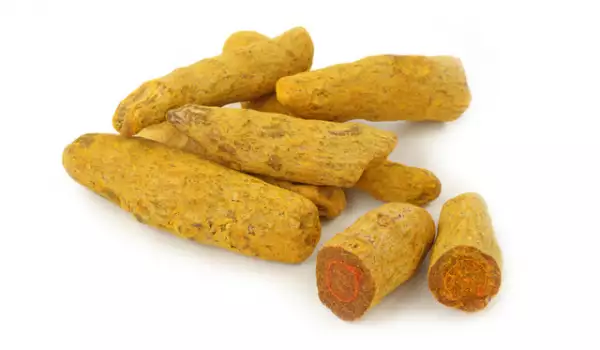
You will need: 1/2 teaspoon ground turmeric, 3 teaspoons almond milk, 3 teaspoons baking soda
Combine all ingredients together in a small bowl and stir to mix them well. Using clean hands, massage into clean, damp skin with fingertips, starting with your chin and working upwards in small circles. Rinse and finish off with a moisturizer.
Honey and turmeric mask
Turmeric soothes inflammation and irritation, while skin-soothing ingredients like raw honey and coconut milk help tighten and brighten skin.
You will need: 1 1/2 teaspoons of ground turmeric, 1 teaspoon of raw organic honey, 1 tablespoon of coconut milk
Place the turmeric, honey and milk in a small bowl and mix. Before applying, cleanse your face to remove dirt and makeup. Apply the mask evenly over the entire face, making sure to focus on any inflamed areas. Leave the mask on for 20 minutes, then rinse it with warm water. Repeat as needed until inflammation subsides.
Proven benefits of turmeric on the skin
A triple espresso can do wonders for your brain, but not so much for the dark circles under your eyes. After another rough night, try turmeric!
A recent study found that turmeric essential oil in a lotion formulation can brighten skin within three weeks with results that last just as long.
These glowing benefits are likely the result of powerful antioxidants and anti-inflammatory compounds that work together to heal and bring out the skin's natural health.
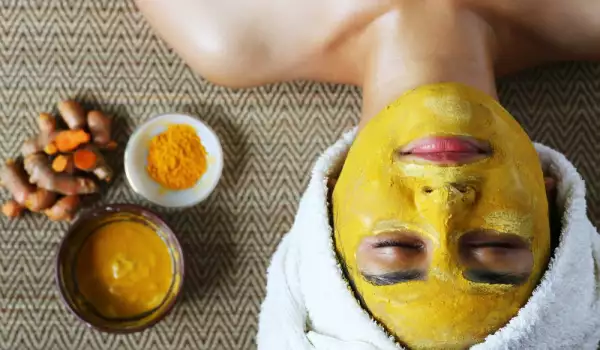
The same study found that turmeric can help slow down unwanted hair growth.
Turmeric oil was applied to the armpits of 60 women for 10 weeks. The study found that the oil reduced or slowed hair growth in the tested area.
In addition to beautifying the skin, turmeric also helps with psoriasis.
Night topical turmeric paste for psoriasis
1. Mix one part turmeric powder with two parts water.
2. Leave them to simmer in a pot, until the mixture becomes thick.
3. After it cools down, apply the paste on the affected area.
4. Wrap a piece of gauze around the treated area.
5. Leave it overnight.
6. In the morning, remove the gauze and rinse your skin with warm water.
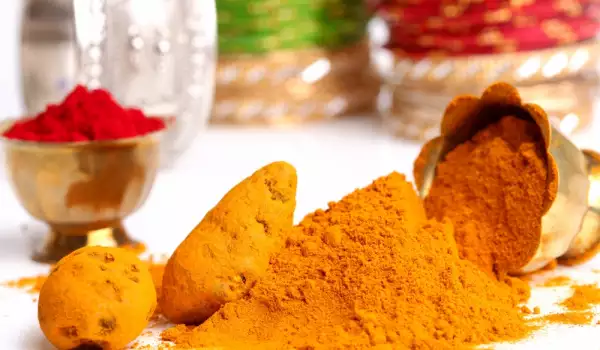
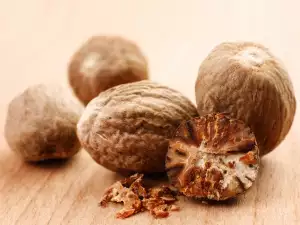


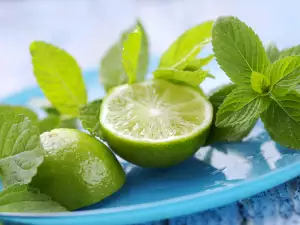

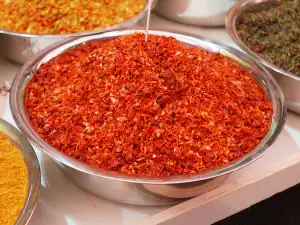


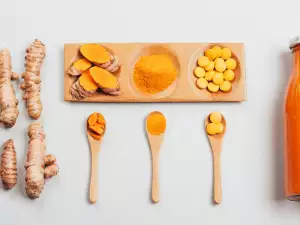

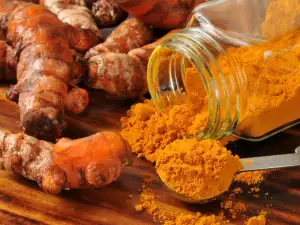
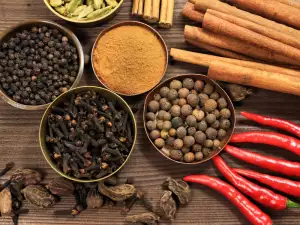





Comments